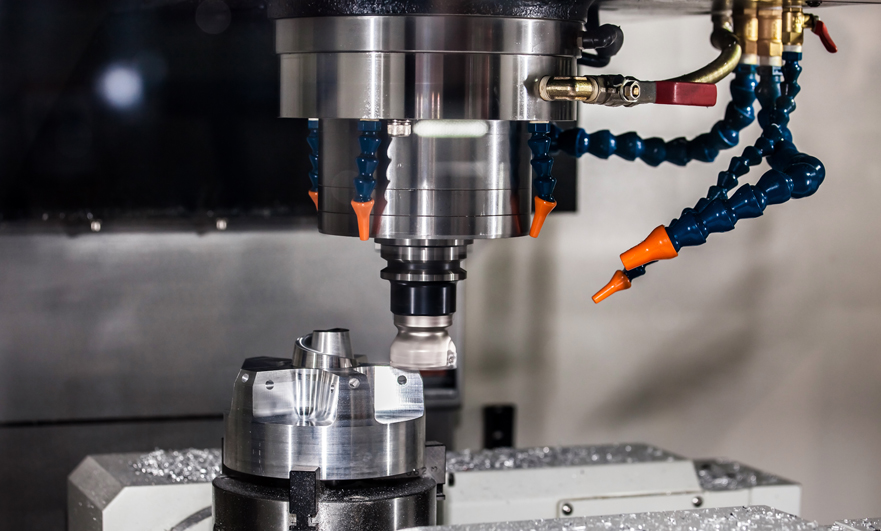Words such as milling machines and lathes are often heard in CNC machining work, but they work in different ways and belong to different machine tools. The CNC machining industry has been in a state of separation of turning and milling for a long time, until the turning and milling compound machine tool. This situation ended only when it appeared. This article mainly talks about the related knowledge about turning and milling compound machining, welcome to discuss together.
What is turning and milling compound machining?
turning and milling compound machining is the use of the combination of milling cutter rotation and workpiece rotation to cut parts, so that the shape accuracy, position accuracy, and processing surface of the workpiece can meet the requirements of use. This processing method is called turning combined processing, turning and milling. Compound machining does not simply integrate the two machining processes of turning and milling on a machine tool, but uses the synthetic motion of turning and milling to complete the machining of each surface. Nowadays, the field of CNC machining has been greatly developed. Produced-a new type of theoretical cutting technology.

The characteristics of turning and milling compound machining
1. Using CNC turning and milling center, CNC machining parts that need to be processed by turning, milling, drilling, boring and other different methods can be completed in one clamping. There is no need to replace the machine tool, which greatly shortens the production cycle and prevents repeated clamping errors.
2. Turning and milling are extremely easy to achieve high-speed cutting, and the cutting force can be reduced by 30% compared with traditional cutting. This means that the radial force that causes part deformation is significantly reduced, which is beneficial to improve the current accuracy of thin-walled and slender parts.
3. Multi-edge cutting, the cutting process is stable, and the tool wear is small, which is very beneficial to the processing of new difficult-to-machine materials and large-scale rotary body blanks.
4. The speed of CNC machining parts is relatively low, and there is almost no deformation caused by centrifugal force when machining thin-walled parts.
5. The main batch production of various types of small parts and high-speed processing of complex parts, diversified processing.
6. Material details: cutting, copper, iron, aluminum alloy, stainless steel, Teflon and other materials.
Advantages of turning and milling machining center
(1) Save floor space and production cost.
The compact and beautiful appearance design improves the space utilization rate, as well as the number of fixtures, workshop area and equipment maintenance costs, which can effectively reduce the overall fixed asset investment, production operation and management costs.
(2) Shorten the product manufacturing process chain and improve production efficiency.
The complex types of special tools tend to increase the time for tool change. Turning and milling composite machining can solve this problem. It not only has a variety of tool arrangements, but also can install a variety of special tools, which greatly improves Work efficiency. Because all or part of the fixtures can be equipped at the same time, the manufacturing cycle and waiting time of the fixtures can be reduced, and the production efficiency can be significantly improved.
(3) Reduce the number of clamping and improve processing accuracy.
Most turning and milling processing equipment have on-line detection functions, which can realize in-situ detection and precise control of key data in the manufacturing process, which greatly improves the processing accuracy and more effectively avoids the accumulation of errors due to positioning reference conversion.
Summarize
turning and milling compound machining is currently one of the most popular processing techniques in the field of mechanical processing, and it is an advanced manufacturing technology. It effectively improves processing efficiency and has obvious effects in processing complex parts. Turning-milling compound has obvious advantages compared with traditional machining in terms of fixture or floor space.